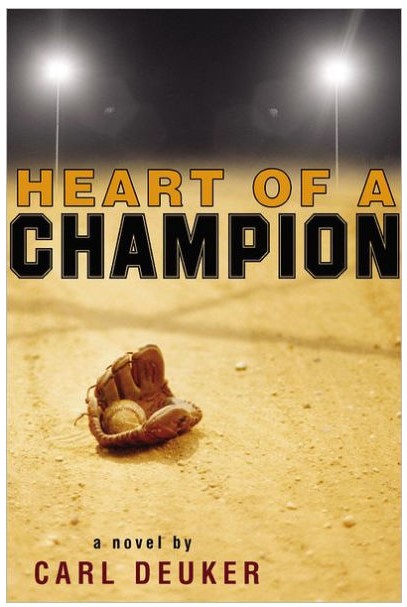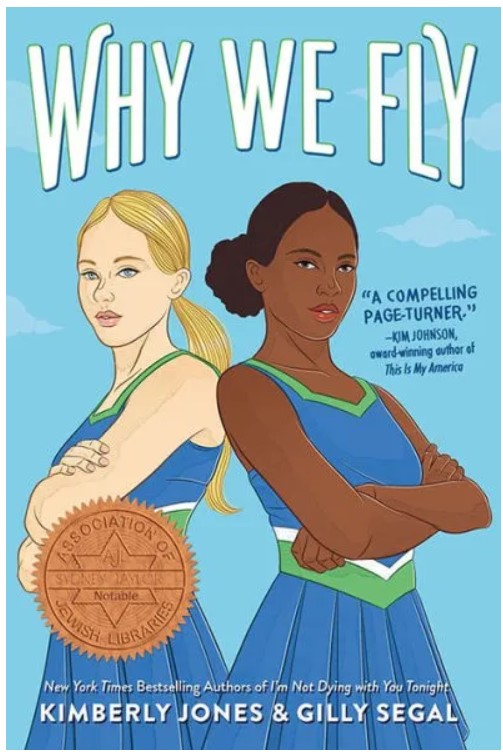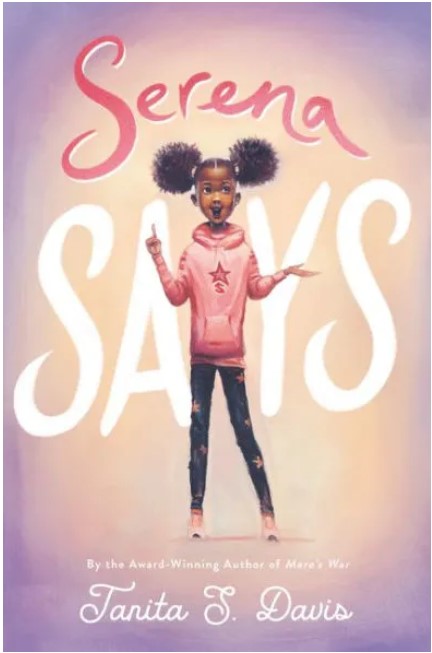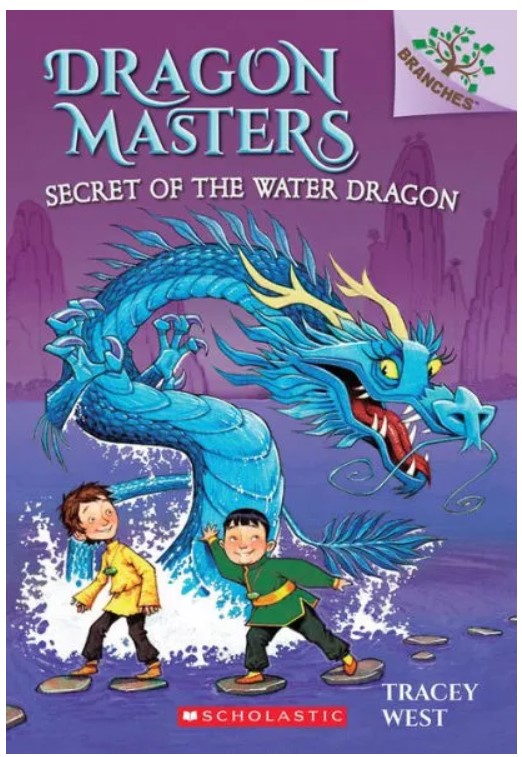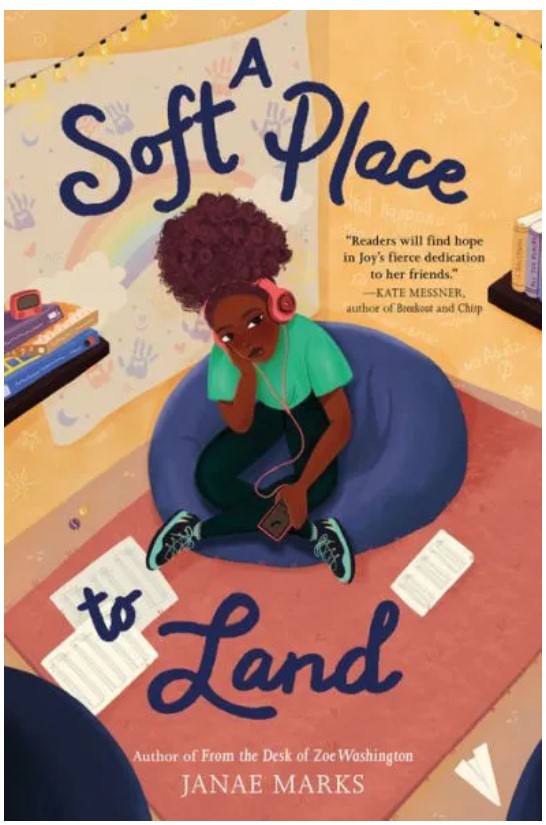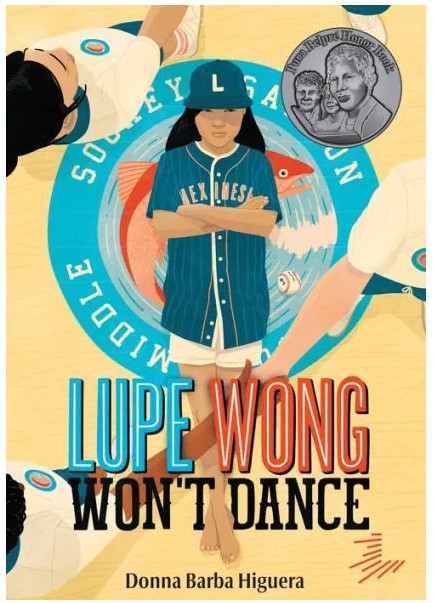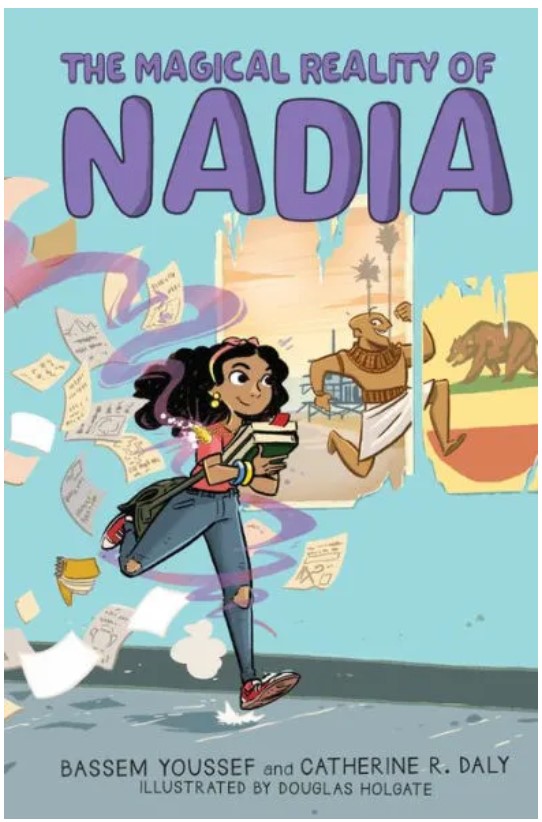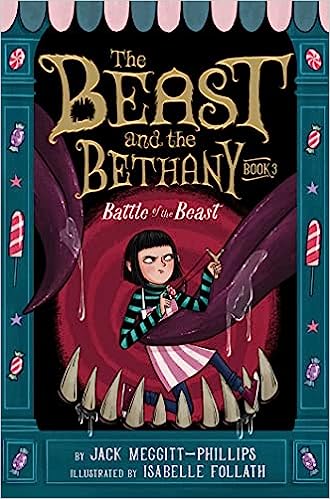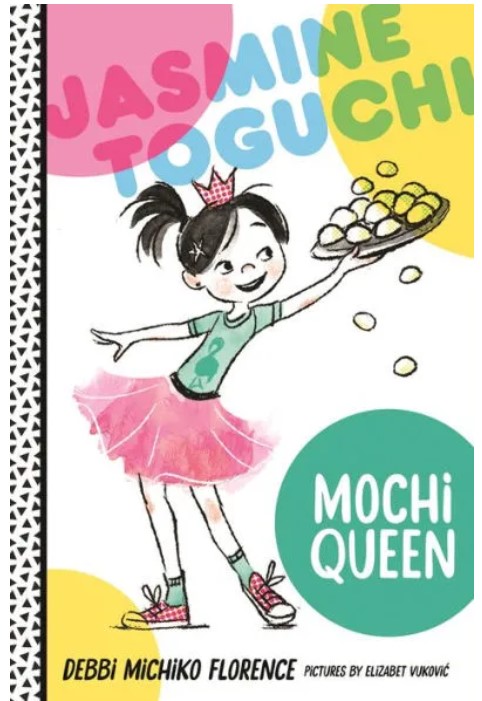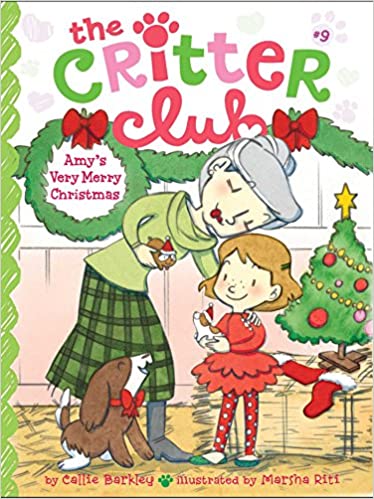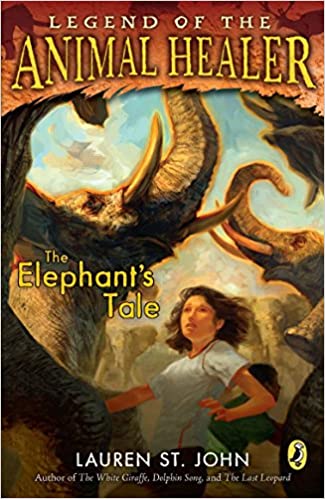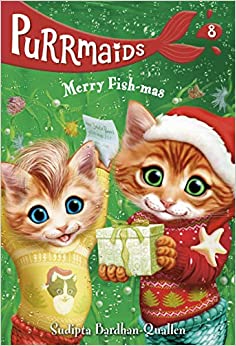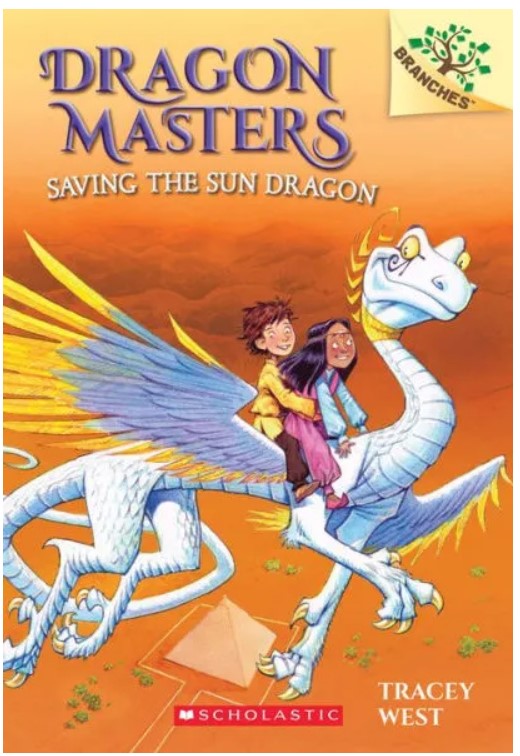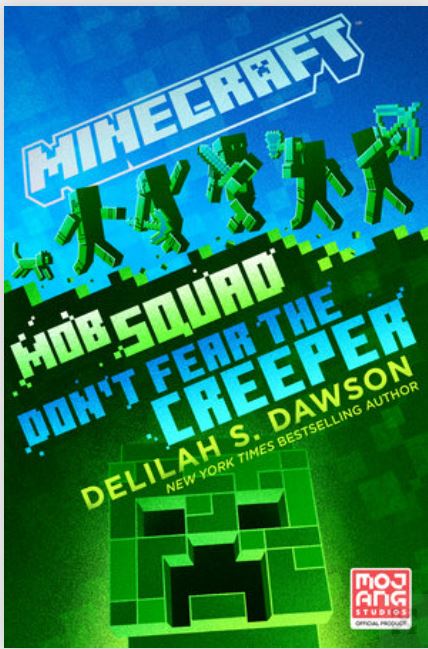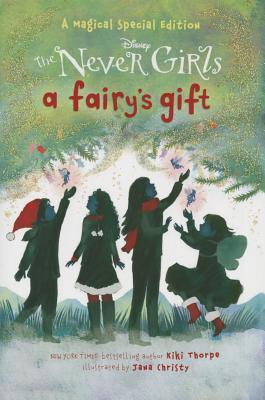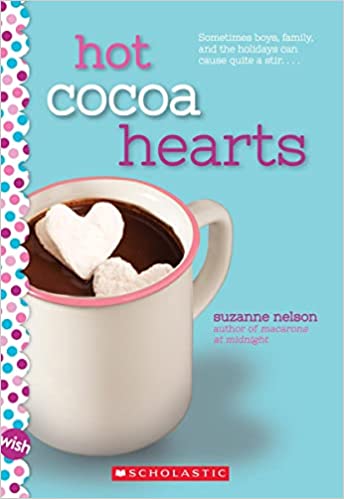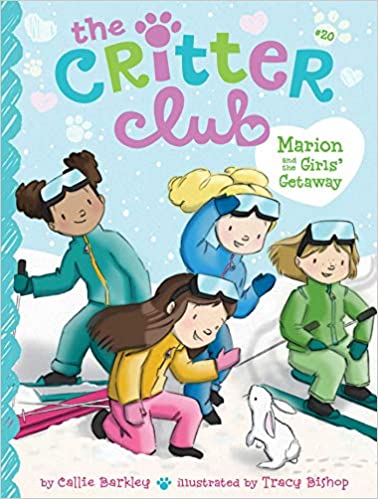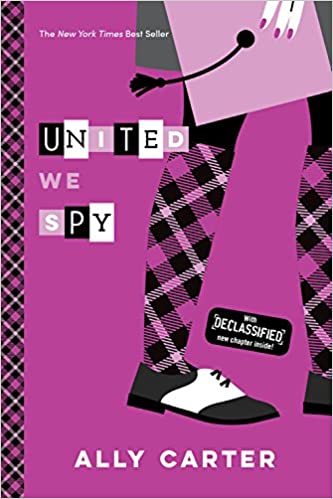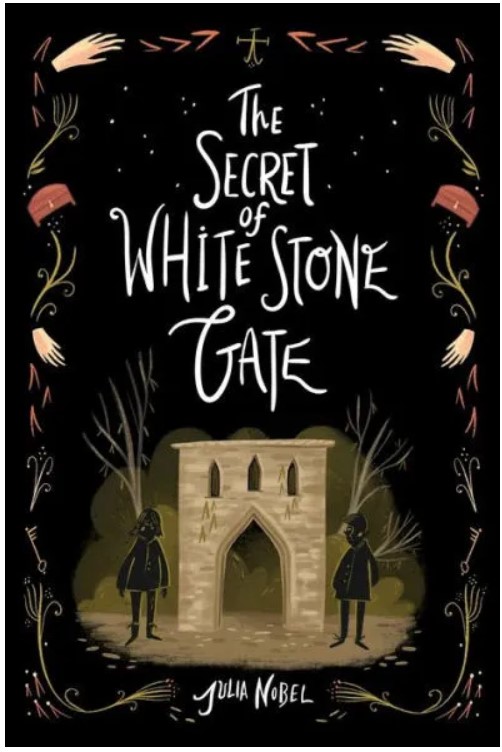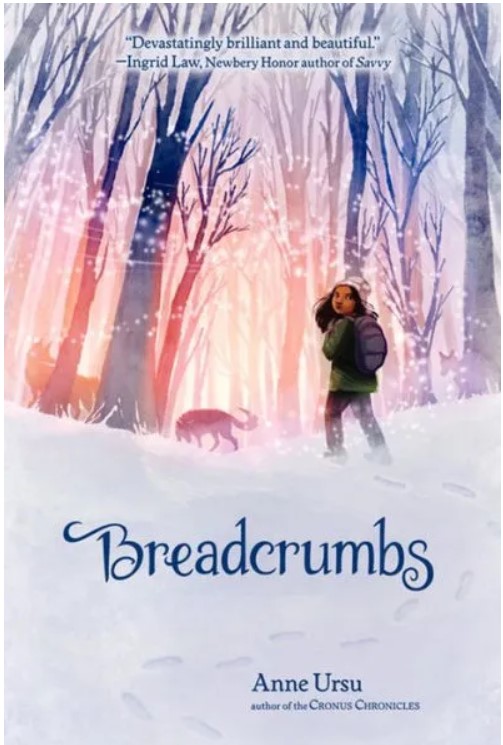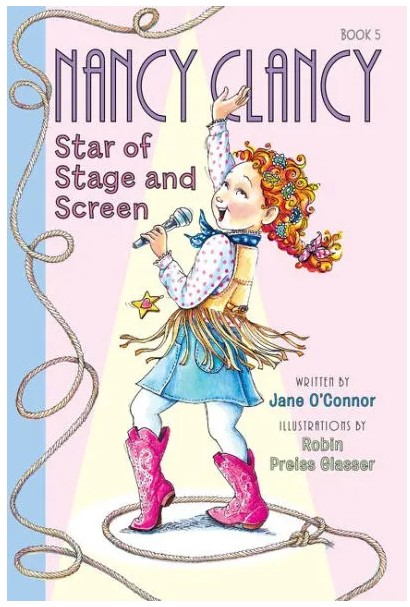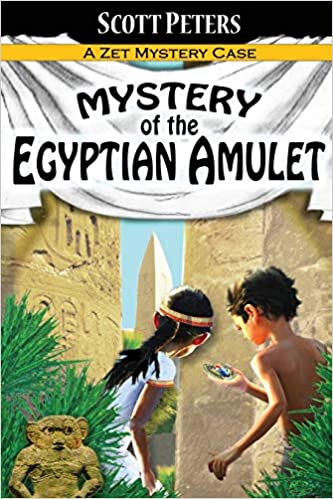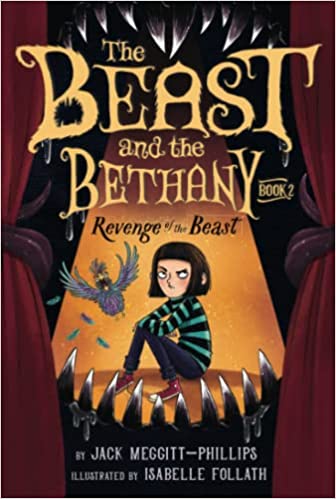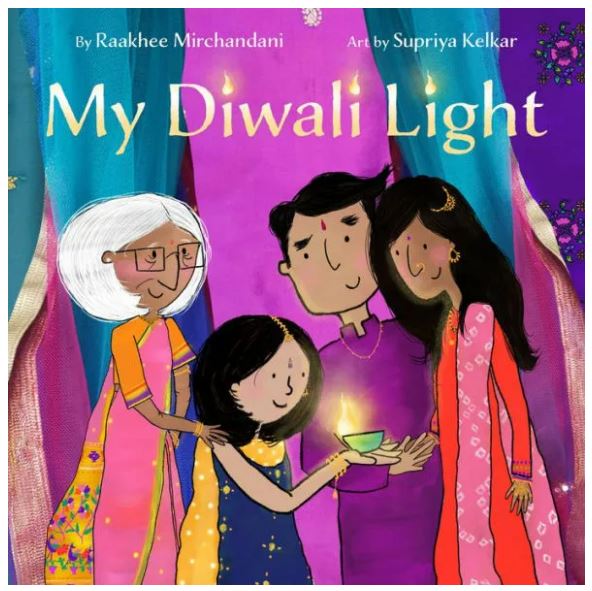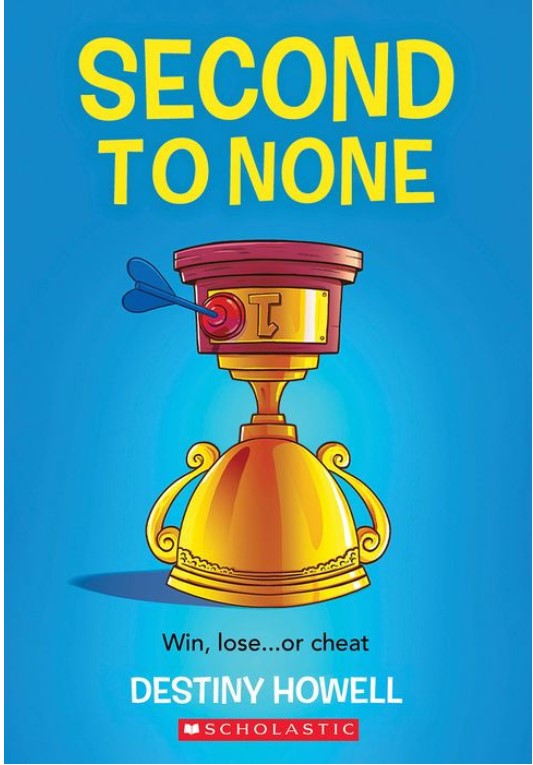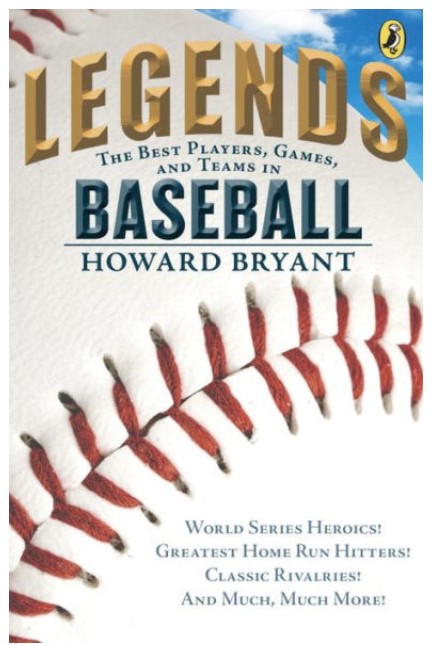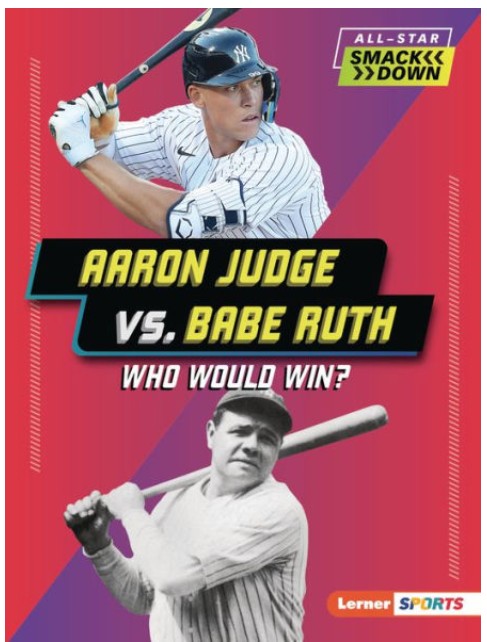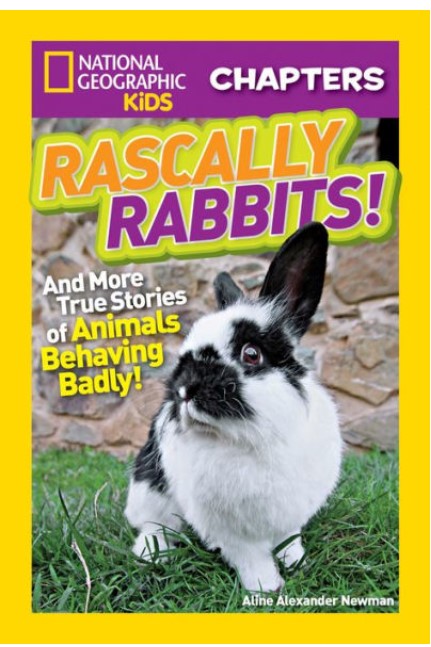From the day Seth Barham first learns about earning run averages, slugging percentages, and walks-to-strikeouts ratios, he and Jimmy Winters are best friends. Over the years they eat and breathe baseball, and it seems as if nothing can ever break their bond. But as Seth discovers, gifted athletes like Jimmy are rarely perfect idols but rather complex, unpredictable people in their own rights. Here is a heartfelt tribute to those friends who come but once in a lifetime – the kind that change one’s life irrevocably and can never be forgotten. And here, too, is a moving testimony to the strength and courage that grow out of loss.
Seth and Jimmy first connect over baseball and are soon inseparable friends. However, Heart of a Champion is told strictly through Seth’s eyes. This point of view allows the reader to see Seth’s insecurities and his inability to stand up for what he believes. Although Seth is a sympathetic character, his self-deprecating attitude becomes annoying, especially since Seth often reflects on how an athlete can be hardworking and dedicated but still “never amount to anything.” Seth doesn’t believe he can be a great player because he does not have natural talent. This allows Seth to put Jimmy on a pedestal, even though Jimmy is not always a good friend.
Baseball fans will be entertained with the play-by-play baseball action as well as the discussions about famous baseball players like Babe Ruth. The story also focuses on the father-son relationship. Seth’s father died when he was a young child, and his death has left a deep hole in Seth’s life. Even though Seth doesn’t remember his father, he misses having a father in his life. In comparison, Jimmy sometimes wishes his father was dead because his father is an alcoholic who makes promises he can’t keep. Even though the story doesn’t go in depth about the psychological effects of having a broken father-son relationship, readers will relate to both boys who desperately need a strong father figure in their life.
Heart of a Champion also shows the dangers of alcohol. Others talk Seth into drinking, and at first, Jimmy has the strength of character to keep sober. As the book progresses, Seth realizes that when it comes to moral issues, such as drinking, “You don’t decide anything important once. . . What really happens is that you have to decide again and again, every day, every hour, every minute.” Jimmy eventually dies after he gets drunk and drives into a tree. But since the reader doesn’t see Jimmy’s struggle with alcohol, his death doesn’t have a strong impact.
Sports fans will enjoy Heart of a Champion because of the sports action as well as how Seth and Jimmy connect over baseball. Because the story describes many of the boy’s baseball games, Heart of a Champion is best suited for readers who have a general understanding of baseball. The well-written story weaves in important life lessons about honesty, friendship, and the dangers of alcohol. While the story’s conclusion is tragic, it reminds readers that one decision can lead to unintended consequences that affect everyone around you. Baseball-loving readers who want more baseball action should read The Brooklyn Nine by Alan Gratz and Heat by Mike Lupica. However, if you want a sport-related book that deals with hard-hitting issues like depression, drinking, and difficult family life, grab a tissue and the Hazelwood High Trilogy by Sharon M. Draper.
Sexual Content
- When Jimmy and Seth try out for the baseball team, the coach says, “I want you here — on the baseball diamond — not out drinking or getting your girlfriend pregnant.”
- Jimmy’s father begins dating a string of young women.
Violence
- Jimmy and his mom move to another town. Jimmy explains, “Two nights ago my father pounded on the door about midnight. When my mother opened it a crack, he shoved his way in. He screamed that she had a guy with her, and that he was going to kill them both. . . Then he grabbed her and started shaking her. She has bruises on both her arms.”
- During the summer, Jimmy and Seth play baseball at the park. A kid named Dayley begins playing with them. The other players were afraid of Dayley because “he was big and strong and mean. Everyone said that in a fight he once pounded a guy’s head into a wall and knocked him unconscious.”
- During a game, Jimmy intentionally runs into Comin, another player. Seth describes the incident: “I can still see Comin pivot. I can still see Jimmy barreling in on him. And I can still see Comin pinwheeling into the air. But most of all I can remember Comin landing, and the weird way his knee bent under him, and the sound it made, a popping sound I’ve never heard before or since. . .” Medics arrived and “lifted him onto the stretcher, his lower leg flopping like a strand of cooked spaghetti.” Comin has to have surgery, but the readers don’t learn if Comin has lasting injuries.
- A car full of teenagers hits a dog. “The spaniel was thrown fifteen, twenty feet in the air. . . the driver burned rubber as he tore away. . . [the dog] was lying on his side, panting heavily, blood trickling from his mouth. . . He blinked a few times, closed his eyes, opened them once more. Then the breath went out of him for the final time.” The dog’s owner assumed the driver was “some drunk high-school kid.”
- During a game, Franks, one of the players, intentionally runs into the catcher. “Instead of sliding, Franks put his shoulder down and barreled into the catcher. When the dust settled, the catcher was rolling around in the dirt holding his shoulder and moaning.” The coach benches Franks.
- Todd, another one of the baseball players, confronts Jimmy about his drinking. In response, Jimmy calls Todd names. Then, “Todd took a swing at Jimmy, catching him on the top of the head and knocking him back over the bench.” Two other players break up the fight.
- During a game, Seth is batting and he lets a ball hit him. “I took the fastball square in the back. The pain roared up my spine, and filled my brain, bringing me to my knees. I don’t know what it feels like to be shot, but it can’t feel a whole ton worse than being hit by a ninety-mile-an-hour fastball.”
- Jimmy and some of the guys from the team go out drinking. Jimmy left first. Later, two guys, “were driving home when we saw his Camaro piled into a tree. . . The police were there. . . but the Camaro didn’t look all that smashed up.” Jimmy dies.
Drugs and Alcohol
- Jimmy’s father, Mr. Winter, is an alcoholic, who often drinks beer around Jimmy and Seth. For example, when Seth visits Jimmy, “Mr. Winter was stretched out on the sofa, a beer in his hand and a slew of empties on the floor.” Despite this, Mr. Winter drives Seth home.
- Tustin, a high school student, takes Jimmy and Seth to his hideout in the woods. When he offers the boys a cigarette, Seth takes one. Then, “Tustin reached behind him, opened up an old box, and pulled out a six-pack of Budweiser.” Seth drinks the beer, but Jimmy refuses to drink.
- While at the hideout, Tustin says, “Sometimes, I come up here in the afternoon and take off my clothes so that I’m nice and cool and comfortable. Then I lie back on this mattress and drink a few beers and flip through those [pornographic] magazines.”
- One of Seth’s teammates invites some of the guys to his house. “Todd kept asking Jimmy if he wanted a beer. The more Jimmy said no, the more Todd pushed.” Eventually, both Seth and Jimmy get drunk. Afterward, Seth pukes all over himself and has a terrible hangover; however, the players begin drinking together every week or two.
- Jimmy’s father eventually goes into “some alcohol treatment program” and stops drinking.
- Jimmy and Seth go to a wedding. As they leave, Jimmy takes “a couple of bottles of champagne.” The boys drink the champagne, get drunk, and then Jimmy drives Seth home.
- Jimmy begins drinking regularly and skipping school. One of Jimmy’s teammates says, “Jimmy’s found some hole-in-the-wall grocery where he can buy beer. He’s been hounding guys to go drinking with him.”
Language
- In order to play on the same team, Jimmy asks Seth to lie about where he lives. When Seth’s mom refuses, Jimmy says, “Your mother is a total bitch.”
Supernatural
- None
Spiritual Content
- During a game, Seth prays that a pitcher would be yanked from the game.
- During Jimmy’s funeral, “the minister started by talking about what a tragedy it was. . . and how God might have had Jimmy die so other kids might learn, and how it might actually be for the better.”
